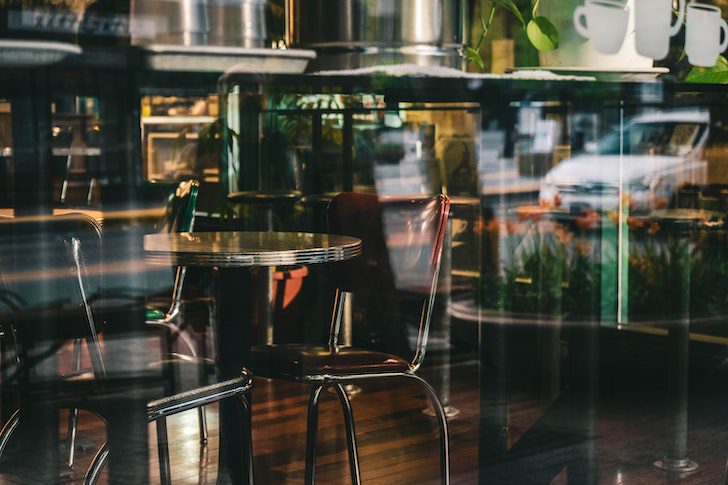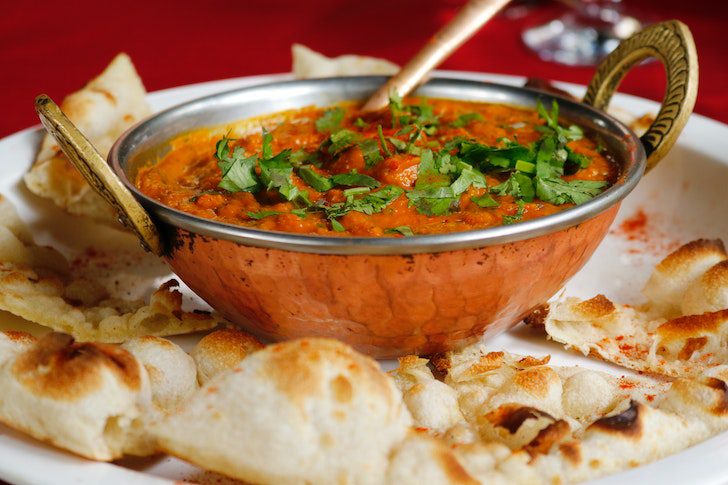Toronto, Canada’s largest city, received more than 27.5 million visitors per year before the pandemic, making it the country’s top tourism destination.
Summer is typically the peak season for tourism, and this may be the last opportunity to enjoy Toronto in warm weather before it freezes again.
According to Restaurants Canada, more than 5,100 restaurants closed in Ontario during the pandemic. However, the food scene in this city has roared back to life.

Toronto’s Food & Wine Scene
The most popular restaurants usually open on Toronto’s bohemian outskirts. However, enticing restaurants have recently sprouted in the downtown core. “The weekend warrior demand for social dining and entertainment is really coming back,” said Hanif Harji, CEO of Scale Hospitality, which operates 14 restaurants. “There’s a buzz on the streets once more.”
Mr. Harji’s Bar Chica, which has been open since April, is hidden behind an unmarked door next to a condo tower on King Street West. The high-ceilinged room throbbed with what felt like pre-Covid energy on a recent Thursday night.
Chef Ted Corrado reinvents traditional tapas with Canadian ingredients, such as British Columbia spot-prawn ceviche and Canadian-beef chimichurris with Ontario ramps (tapas range from 9 to 24 Canadian dollars, or $7 to $18).
In August, Mr. Harji opened Miss Likklemore’s, a Caribbean restaurant in King West Village. Scale and Montreal chef Antonio Park opened AP, a fine-dining restaurant atop the Eataly outpost in Yorkville, this fall.

In Yorkville, chef Rob Rossi’s Ligurian menu at Osteria Giulia attracts well-dressed locals who dine on traditional flatbreads, salumi, and pasta (entrees from 32 to 75 Canadian dollars). It has been open since October and is still the most popular table in the neighborhood.
Adrak, located around the corner, employs a team of chefs who each specialize in a regional Indian cooking style; the menu includes smoked salmon with pommery mustard (entrees from 29 to 60 Canadian dollars).
There are numerous options for Asian cuisine in Toronto. Cà Phê Rang, opened south of Chinatown by veterans of the French mainstay Le Select Bistro, is a buzzed-about new spot. A deceptively simple menu yields lavishly seasoned surprises such as halloumi banh mi, shiitake escabeche spring rolls, and housemade praline-peanut dipping sauce (entrees from 15 to 20 Canadian dollars).
Mimi Chinese, on Yorkville’s northern outskirts, transports you to the future with a neon-lit room of red velvet banquettes staffed by bow-tied servers. The menu spans Southern China’s provinces, from Guangdong-inspired raw yellowtail kingfish to Shaanxi-inspired charred cabbage. It debuted in October and has remained a popular attraction (entrees from 26 to 88 Canadian dollars).

Smorgasburg, the Brooklyn-born open-air food market, made its international debut on Toronto’s waterfront Queen’s Quay on July 23; it ran for eight Saturdays, showcasing local vendors.
The new Superfresh night market in the west-side Annex neighborhood features “Asian-led and owned” food and drink vendors in a 4,000-square-foot hall designed “in the style of an alleyway in Asia,” according to organizers.
With commercial rents on the rise, condos springing up everywhere, and space at a premium, nightlife has yet to catch up to food service.
“The hardest part is finding a place to dance,” said Michael Nyarkoh, community marketing manager at Toronto’s new Ace Hotel.




